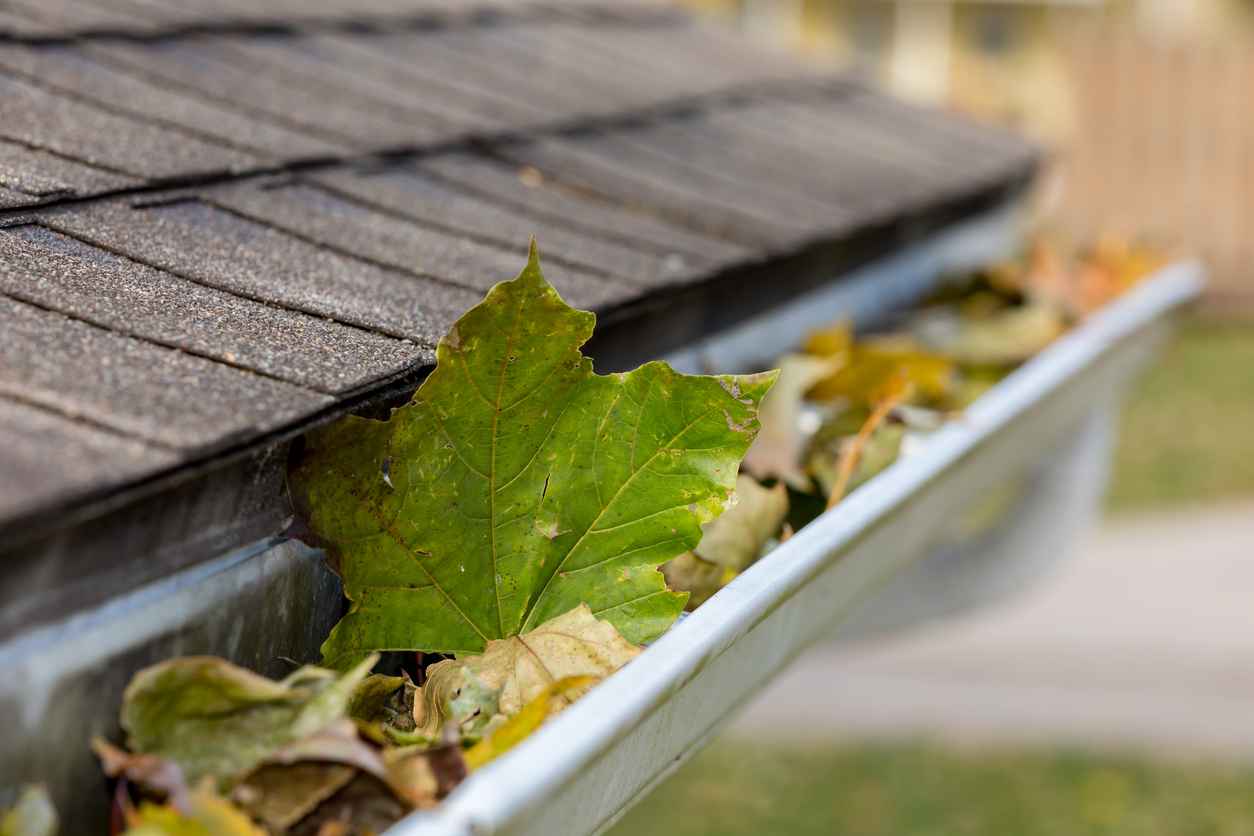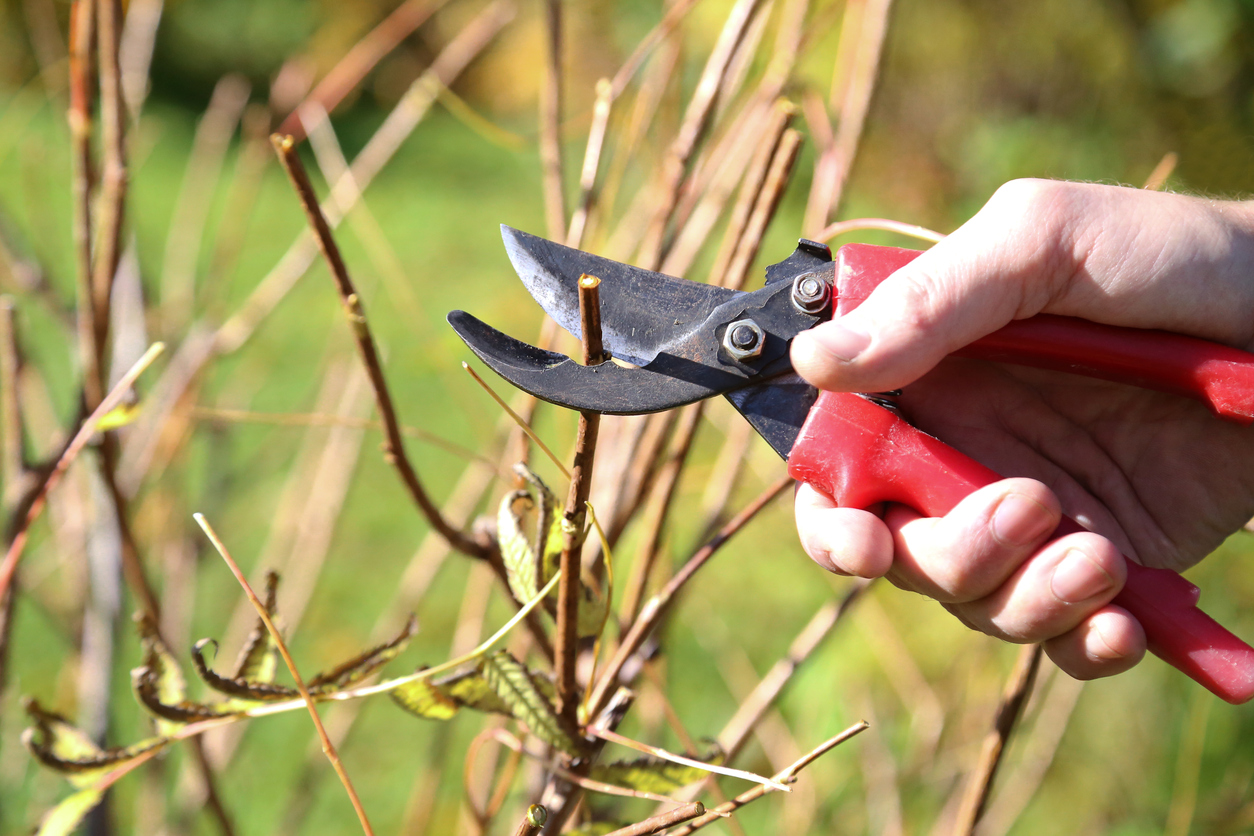
Should I Prune My Plants in the Fall?
October 15, 2018
The months of October and November are reserved for cleaning up your property of the many leaves that have fallen, as well as prepping your home and property for the cold weather that is soon to follow.
For the homeowners that are actively paying attention to their gardens, shrubs, and trees; make sure you’re performing the necessary maintenance they need.
But not all plant maintenance should be performed in the fall…
Why You Shouldn’t Prune Plants in the Fall
One of the biggest misconceptions about plant maintenance is that most plants should be pruned in the fall before winter settles in.
This. Is. Wrong.
The reason plants are pruned is to cut off dead ends and allow the plants to grow even more. So if most plants are about to go dormant for the winter, why would you prune plants to help foster their growth?
Rather than pruning plants in the fall, leave them be and wait until the end of winter (or even very early in the spring). Once plants have been dormant for a while, you can prune them because they won’t grow until the weather warms up. Therefore, you should hold off on any pruning this fall.
Pruning Tips and Best Practices
- Not When It’s Wet – When it’s time to prune your plants, you want to wait until it’s dry out. If it has recently rained (or snowed), then you’re going to want to hold off until a day when your plants are dry and the sun is shining. Pruning plants when moisture is present can result in the growth of microbes that lead to the spread of plant diseases.
- Prune the Right Things – There’s no need to prune branches and stems that are looking healthy, so you want to focus on dead, dying, and sickly looking branches and stems. Use your pruning tool to cut these off, but make sure you’re cutting before the diseased or dead portion of the branch. If the entire branch looks like it needs to go, then cut at the base of the tree, shrub or plant to ensure the entire branch has been removed.
- Clean Your Tools – When cutting dead and diseased branches off of your plants, you don’t want to use your pruning tools on other plants. This can lead to the spread of diseases to other plants. Make sure your tools are cleaned after each use to prevent this from happening. Bleach and warm water (or soapy water) will work just fine, just be sure to dry your tools after washing so they don’t rust.
When it comes to pruning your plants, you NEED to follow the best practices to prevent your plants from not growing to their full potential — or even dying.
If you’re in need of a professional landscaper to clean and prep your property for the arrival of winter, make sure you give us a call! Our pros at Ambrosio would love to help keep your yard looking the best on the block!
Recent News
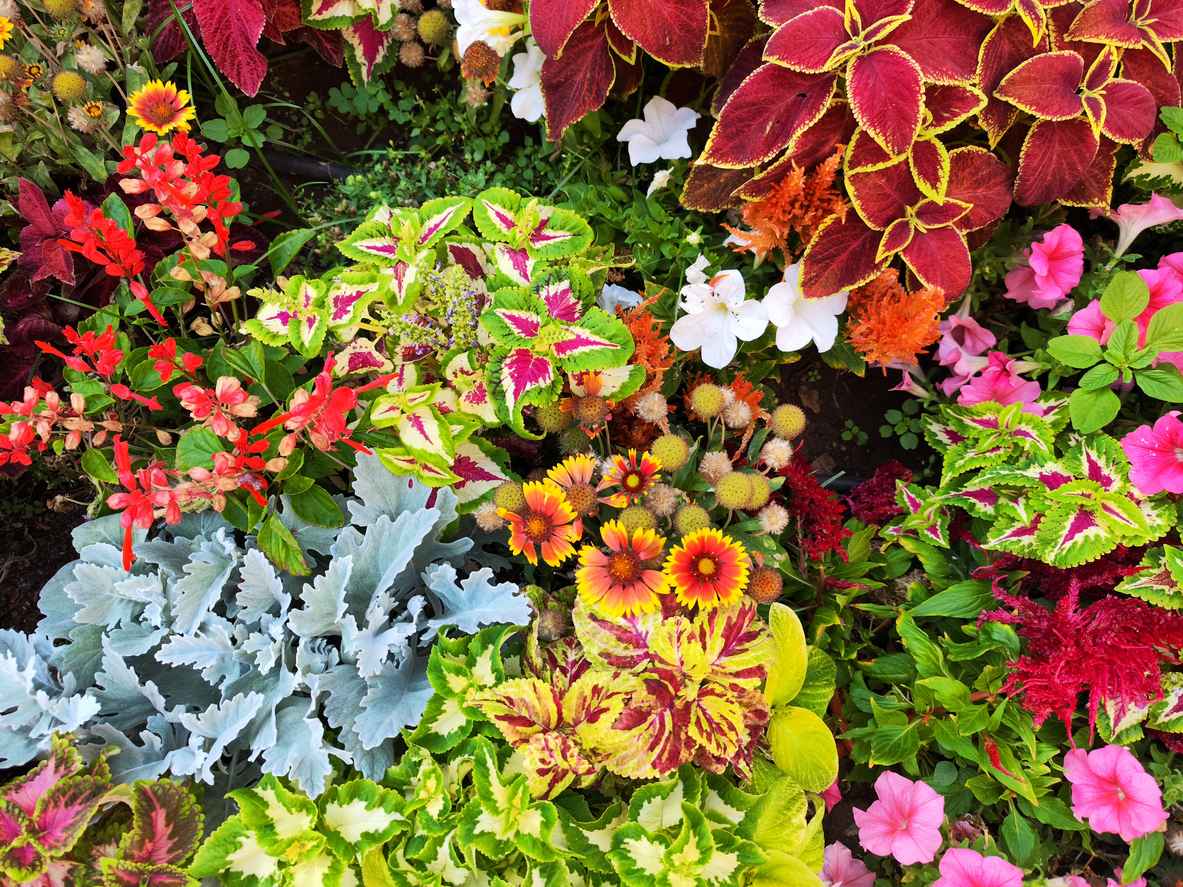
How to Keep Your Garden Beds Thriving Through the Summer Heat
June 30, 2025

How to Maximize Your Outdoor Space for Summer Entertaining
June 24, 2025

Landscape Features That Boost Home Value
May 30, 2025
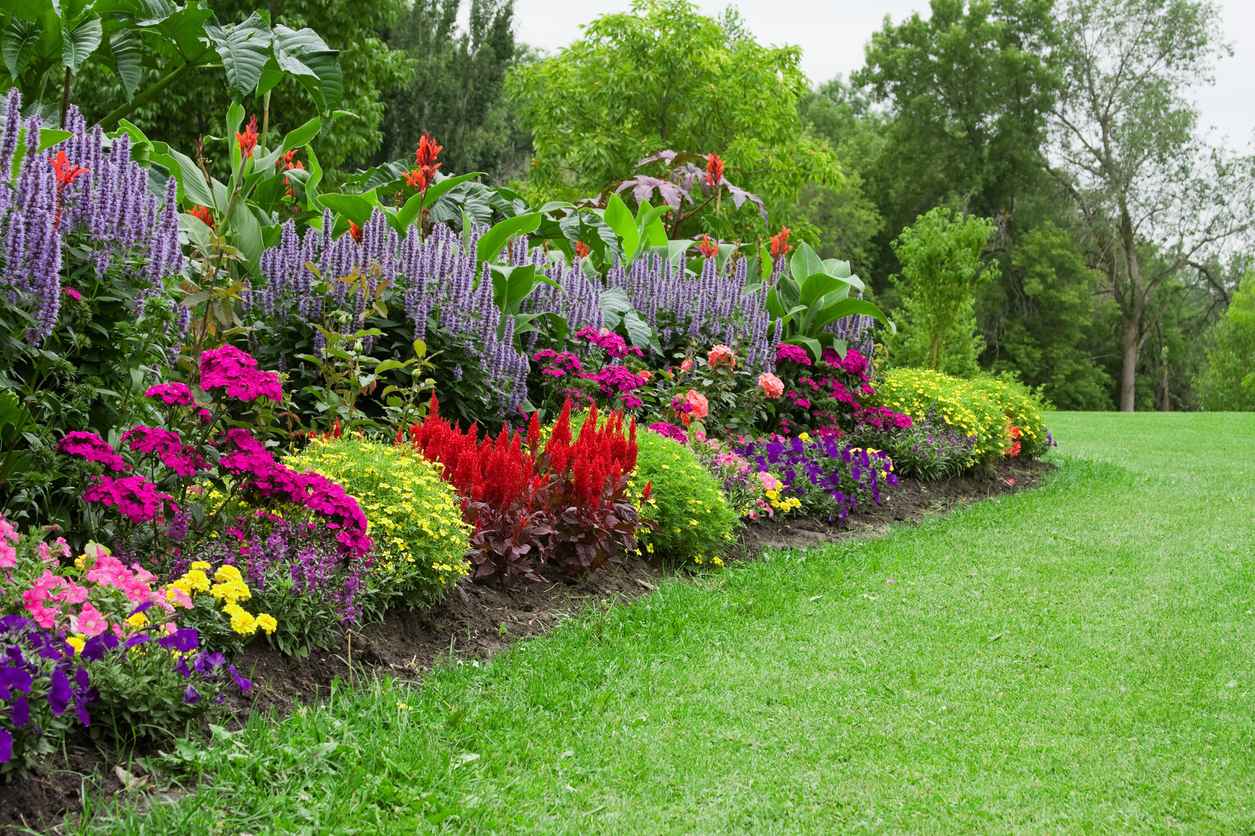
Top 5 Must-Have Plants for a Vibrant Spring Garden
May 22, 2025
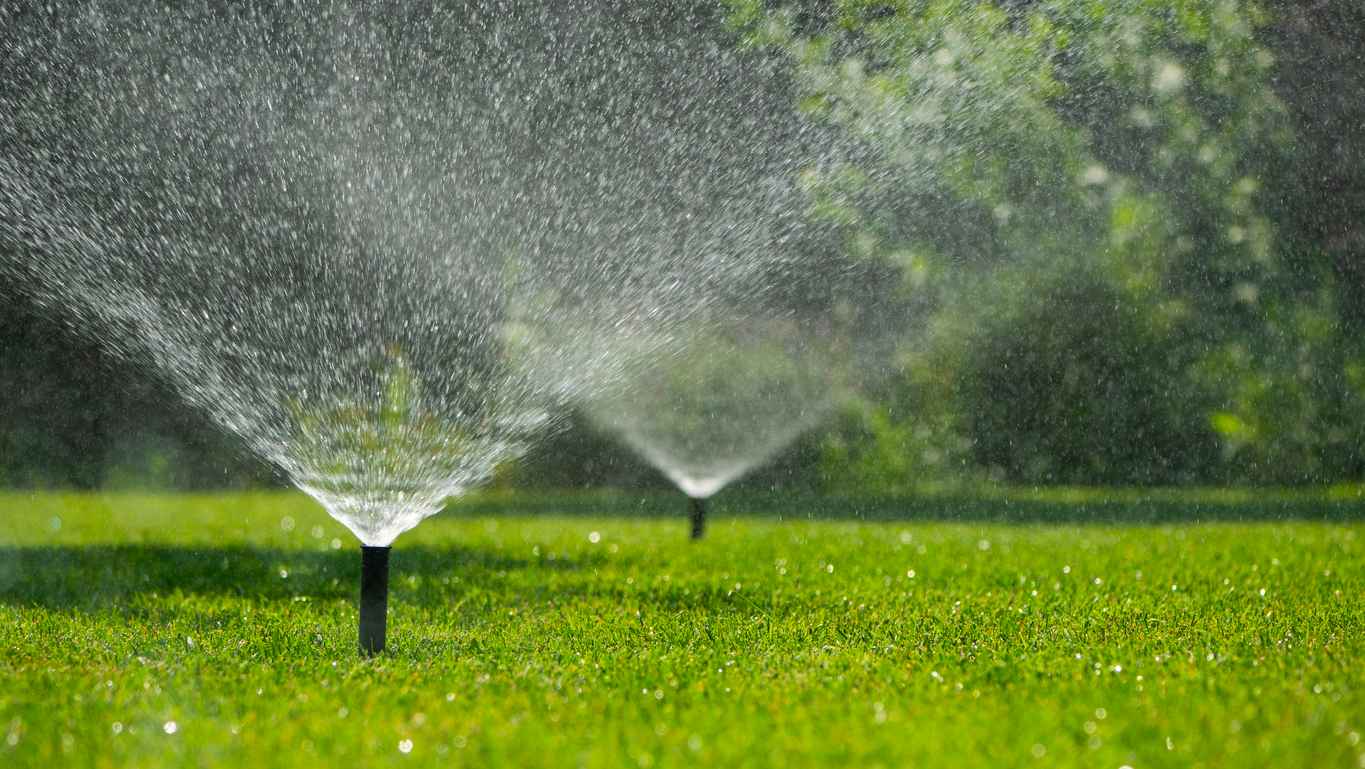
Spring Irrigation Checklist: Is Your System Ready?
April 30, 2025

2025 Pool Design Trends
April 24, 2025
